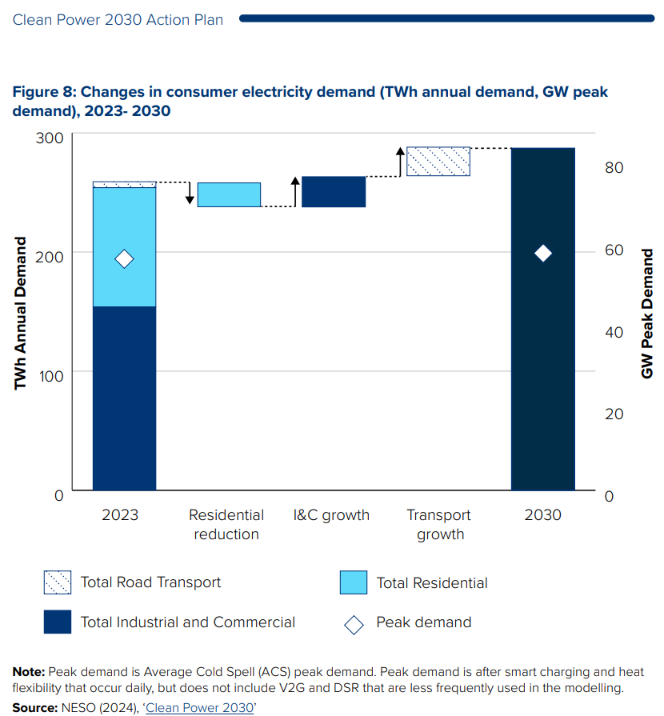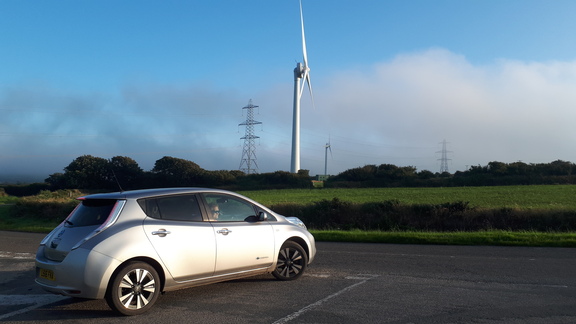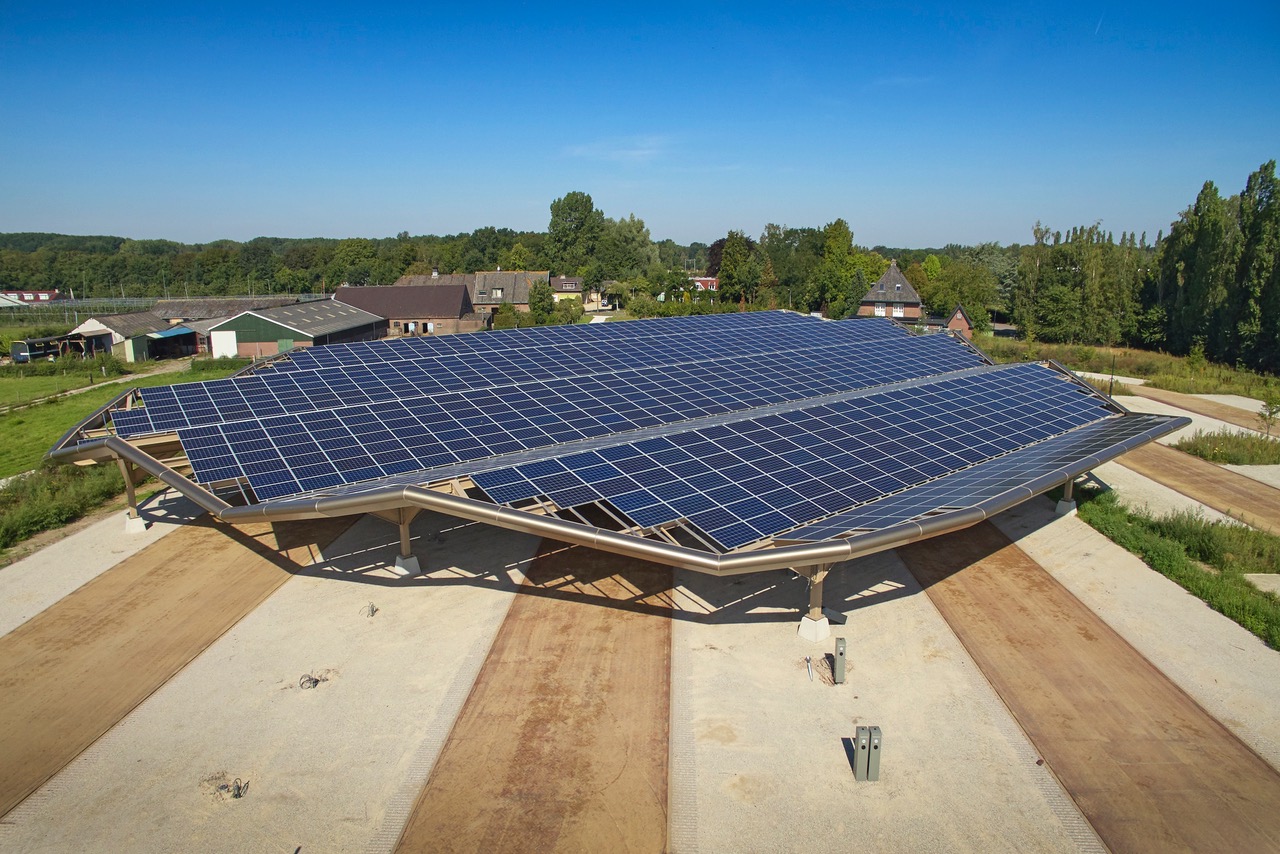Ed Miliband has been busy recently. Following last week’s policy paper about the benefits of onshore wind, the United Kingdom’s Secretary of State for Energy Security and Net Zero has provided the foreword to this week’s “summer update” of the ongoing “Review of Electricity Market Arrangements”:
Our mission to make Britain a clean energy superpower is about getting off expensive, insecure fossil fuels controlled by petrostates and dictators, and replacing it with clean homegrown energy that we control. It presents a huge opportunity to boost our energy security, protect consumers, create jobs, and drive growth, while tackling the climate crisis.
To deliver this mission, we must ensure that our electricity market arrangements are fit for the future. The Review of Electricity Market Arrangements (REMA) Programme was set up in 2022 to consider how best to deliver a fair, affordable and secure power system. It has been supercharged by this government’s clean energy superpower mission, delivering clean power by 2030 and accelerating to net zero across the economy.
This document sets out the outcome of that review, and our plans to create a more coordinated and strategically planned electricity system. This will give certainty to investors and ensure future electricity generation in Great Britain delivers the best value for consumers. We have decided to retain a single national GB-wide wholesale market and introduce an ambitious package of reform to improve the efficiency of our future power system. We have therefore decided not to implement zonal pricing.
These decisions will lay the foundation for a fair, affordable, secure and efficient electricity market. I would like to thank all the stakeholders across the energy sector who have worked with us during REMA. Delivering substantial and radical improvements in a national model will require continued collaboration between government including Ofgem and the National Energy System Operator (NESO), and stakeholders across the energy sector, and we will set out our detailed plans later this year.
This is a decisive step forward that lays the foundation for cheaper, more secure, and clean homegrown power for homes and businesses across Britain.
There are some who quibble with Ed’s “decisive step forward” assertion, including yours truly! By way of some background, here’s The Economist back in March:
When campaigning for office Labour named five priorities, from kickstarting economic growth to halving serious violent crime. Progress has been patchy, at best. But on one of its five “missions”, making Britain a clean-energy “superpower”, there is some cheerful news. In 2024, for the first time, renewable energy (mainly wind and solar power) generated most of Britain’s electricity.
In addition to providing environmental benefits, renewables are supposed to help cut utility bills, because they generate electricity much more cheaply than gas power stations, Britain’s main source since the 1990s. The secretary of state for energy, Ed Miliband, stresses that renewable energy is “desirable, because it can lead to cheaper, more secure electricity”.
But there is little evidence that renewables are making electricity cheaper.
Next let’s go back even further. Here’s an extract from the foreword to a 2023 report “commissioned by Innovate UK” entitled “Enabling Decentralised Energy Innovation“:
There is growing evidence of the potential benefits of integrated place-based approaches. They could bring cheaper energy for consumers, build local prosperity, accelerate the journey to net zero through progress in towns and regions around the country, and mitigate the massive costs of reinforcing energy networks that will otherwise be needed.
But we have also learnt that there are many barriers in the way of large-scale roll-out of decentralised energy systems, including questions of regulation and governance.
Putting our trusty time machine into reverse, here the start of the summary to the “Reforming our electricity markets” section of His Majesty’s Government’s “Clean Power 2030 Action Plan“, published in December 2024:
Delivering Clean Power by 2030 requires an ambitious and actively planned approach from both government and business. Action is needed to shape and enable effective markets. This approach is central to the development and operation of the 2030 system and will only grow in importance as the system becomes more distributed and flexible in 2030 and beyond.
Here’s Figure 8 from the “Action Plan”. Note the small print that states “Peak demand is after smart charging and heat flexibility that occur daily, but does not include V2G and DSR that are less frequently used in [NESO’s] modelling.”

According to Ed Milband’s foreword to the same report:
Since Russia’s invasion of Ukraine, Britain has experienced a devastating cost of living crisis caused by our exposure to volatile fossil fuel markets. Every family and business in the country has paid the price and we remain exposed to future energy shocks. In an increasingly unstable world, our dependence on fossil fuels leaves us deeply vulnerable as a country – and that is true no matter where they come from.
But there is a solution: by sprinting to clean, homegrown energy, we can take back control from the dictators and the petrostates. That is why the Prime Minister has put delivering clean power by 2030 at the heart of one of his five missions and Plan for Change.
The age of clean electricity is about harnessing the power of Britain’s natural resources so we can protect working people from the ravages of global energy markets. This plan will provide the foundation for the U K to build an energy system that can bring down bills for households and businesses for good. And it is also about creating the sort of country that we know people want to see, reindustrialising our heartlands with good jobs and tackling the climate crisis.
Would it surprise you to discover that the 2025 REMA summer update makes no mention of the words “decentralised” or “distributed”? Or the phrase “vehicle to grid”?
However, it does include this statement:
Together with NESO and Ofgem we are continuing to consider:
Shortening the imbalance settlement period to 15 or 5 minutes: Shortening the settlement period duration from the current 30 minutes would create a more ‘granular’ wholesale market temporal signal. It could lead to greater market participation by smaller and innovative flexible assets that are very responsive, including demand-side response and battery storage.
How long do you suppose the Government’s continuing consideration will take?

